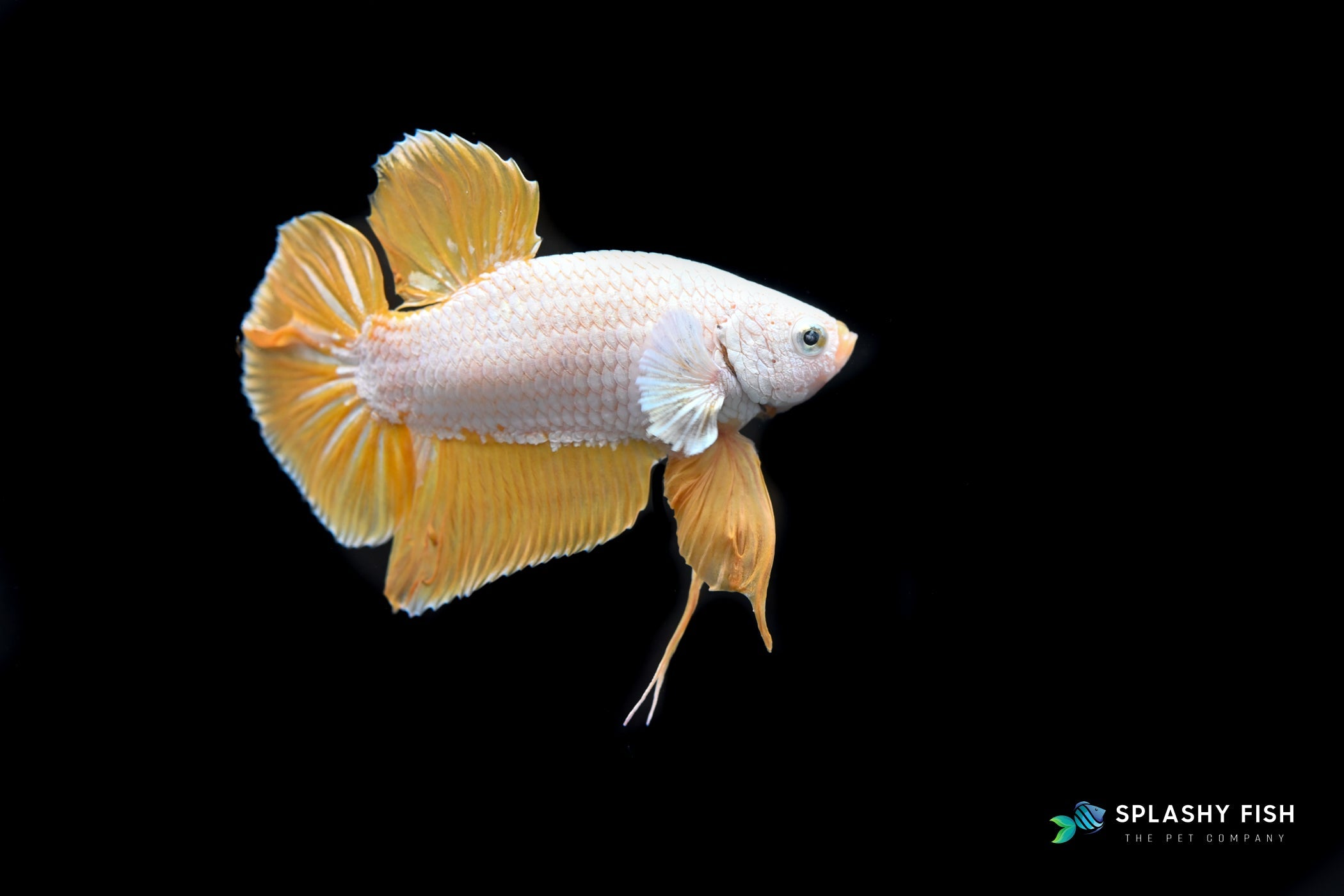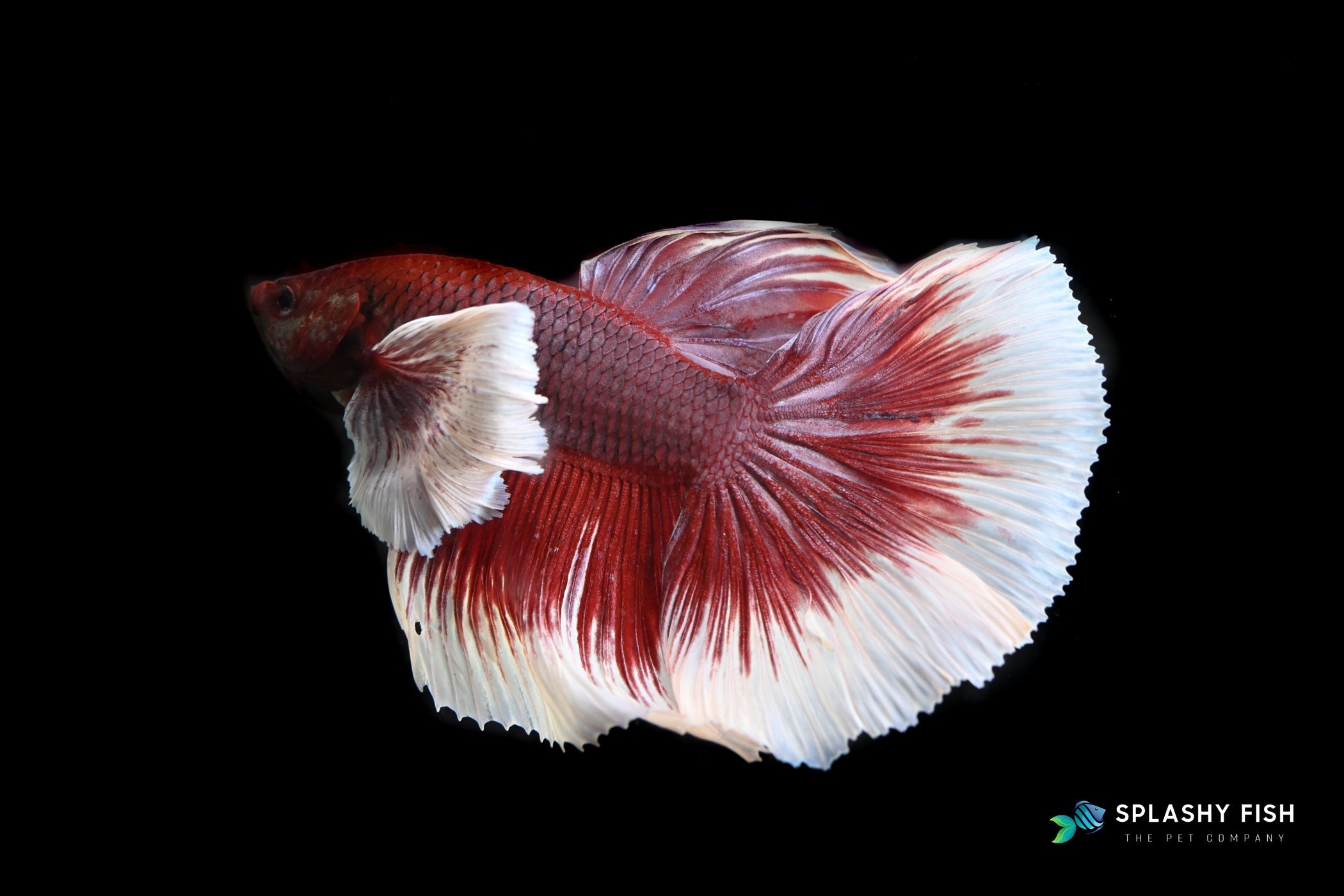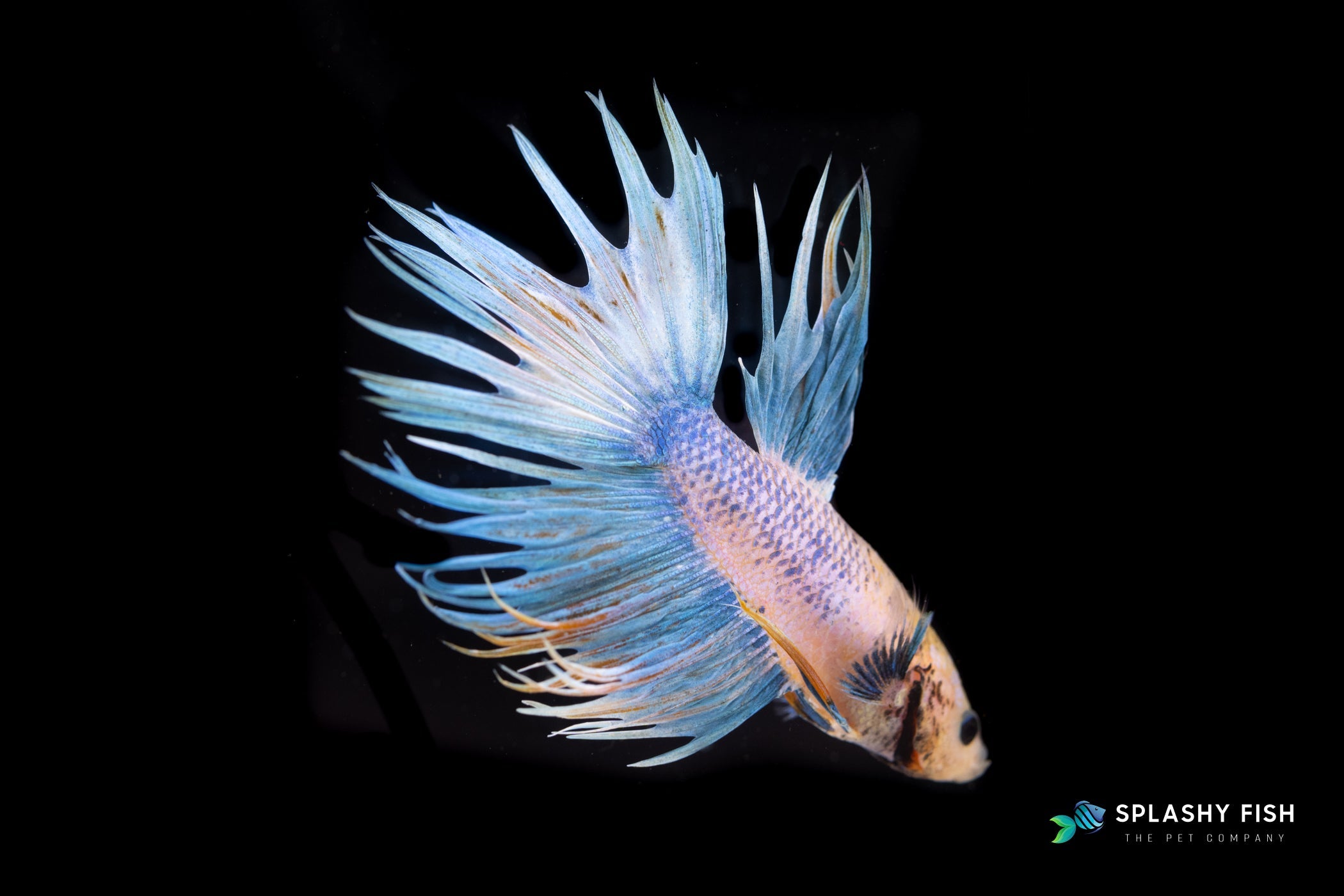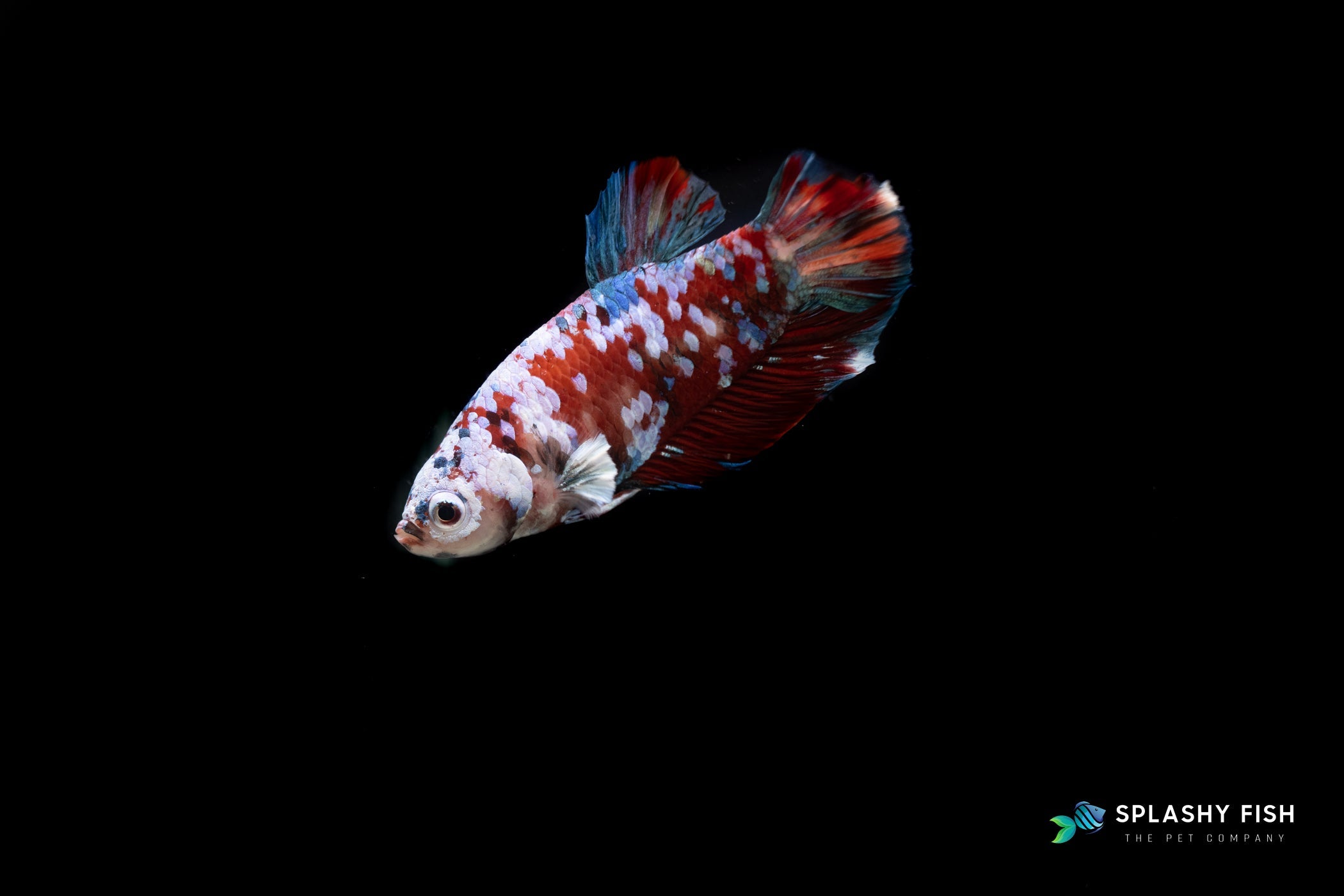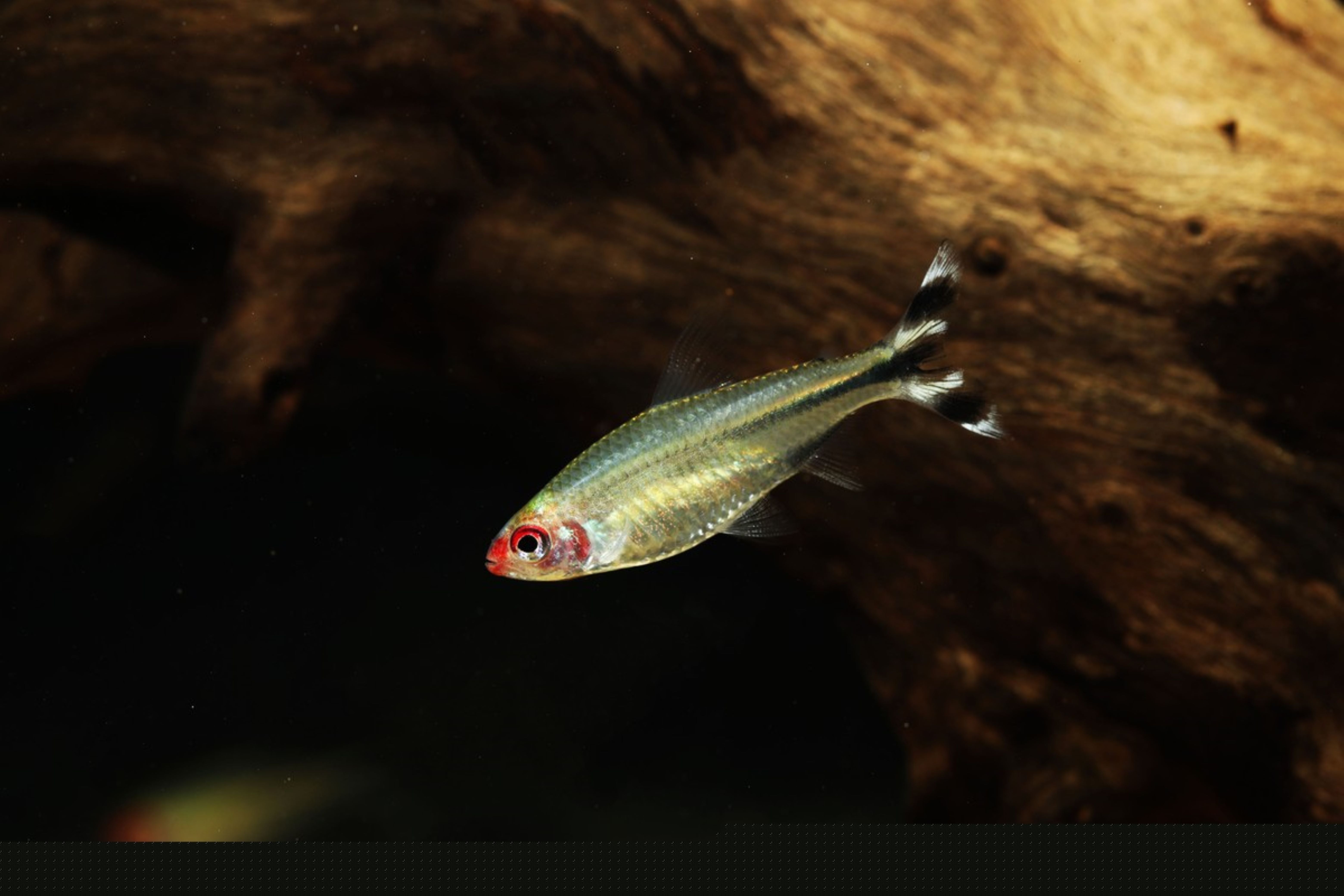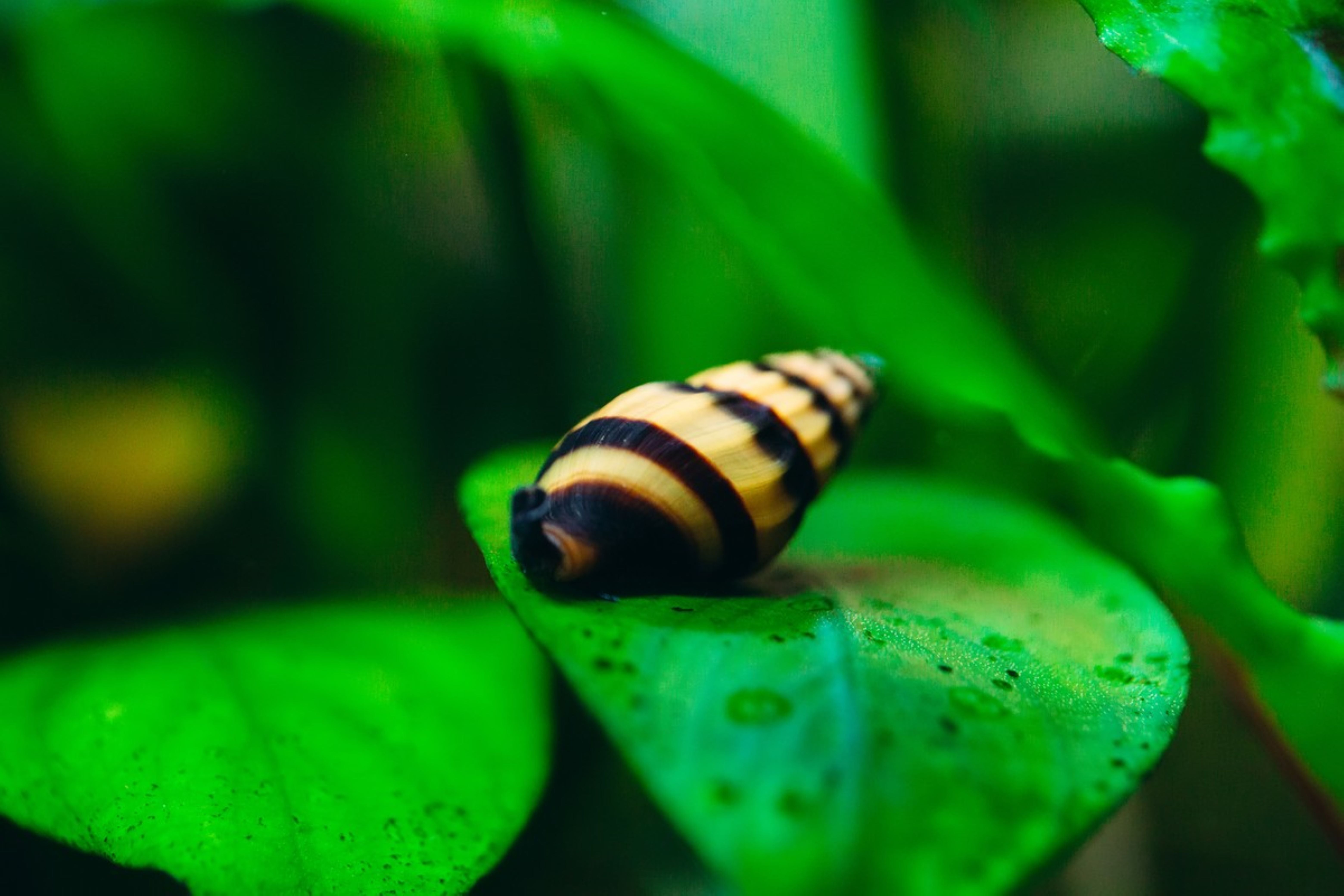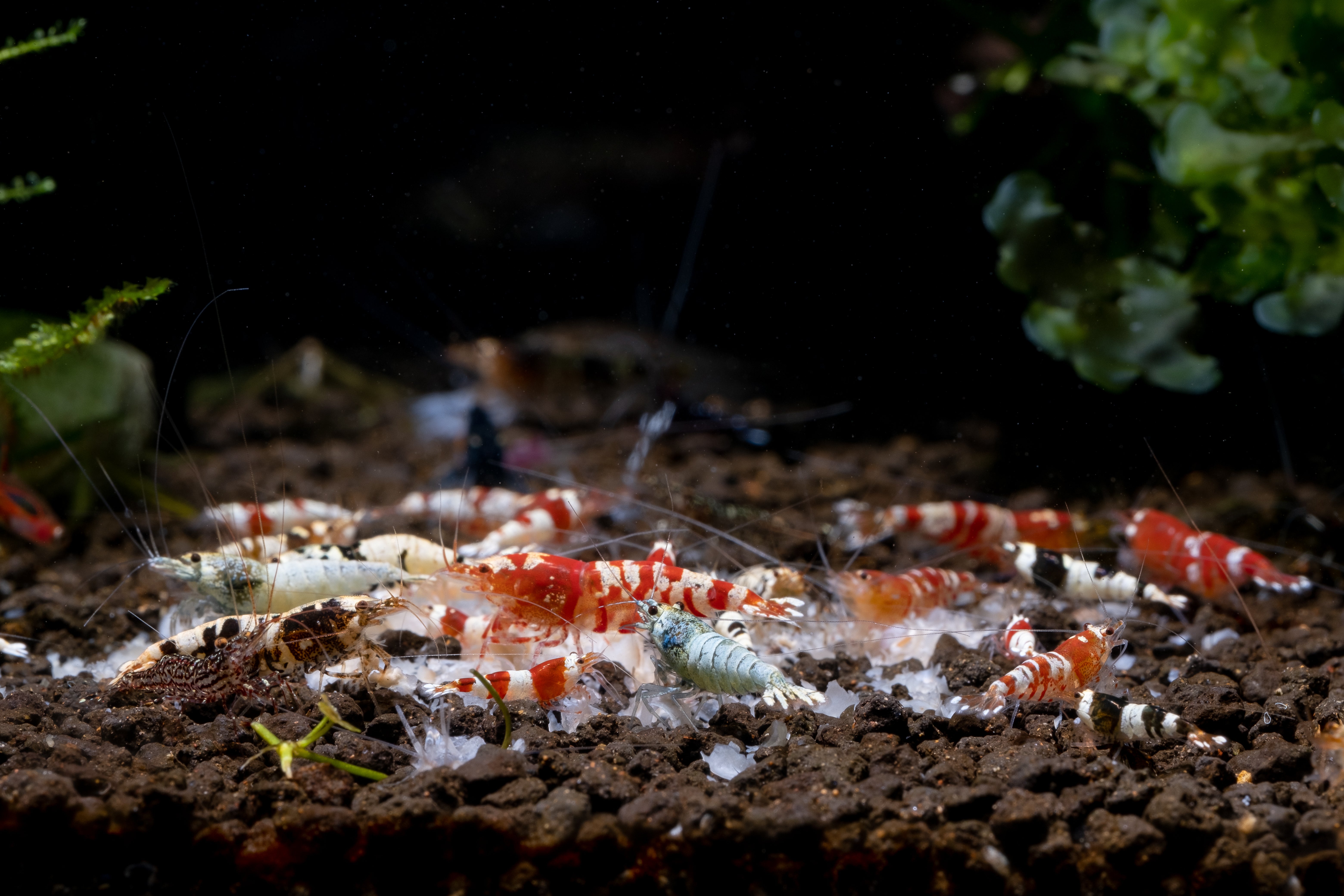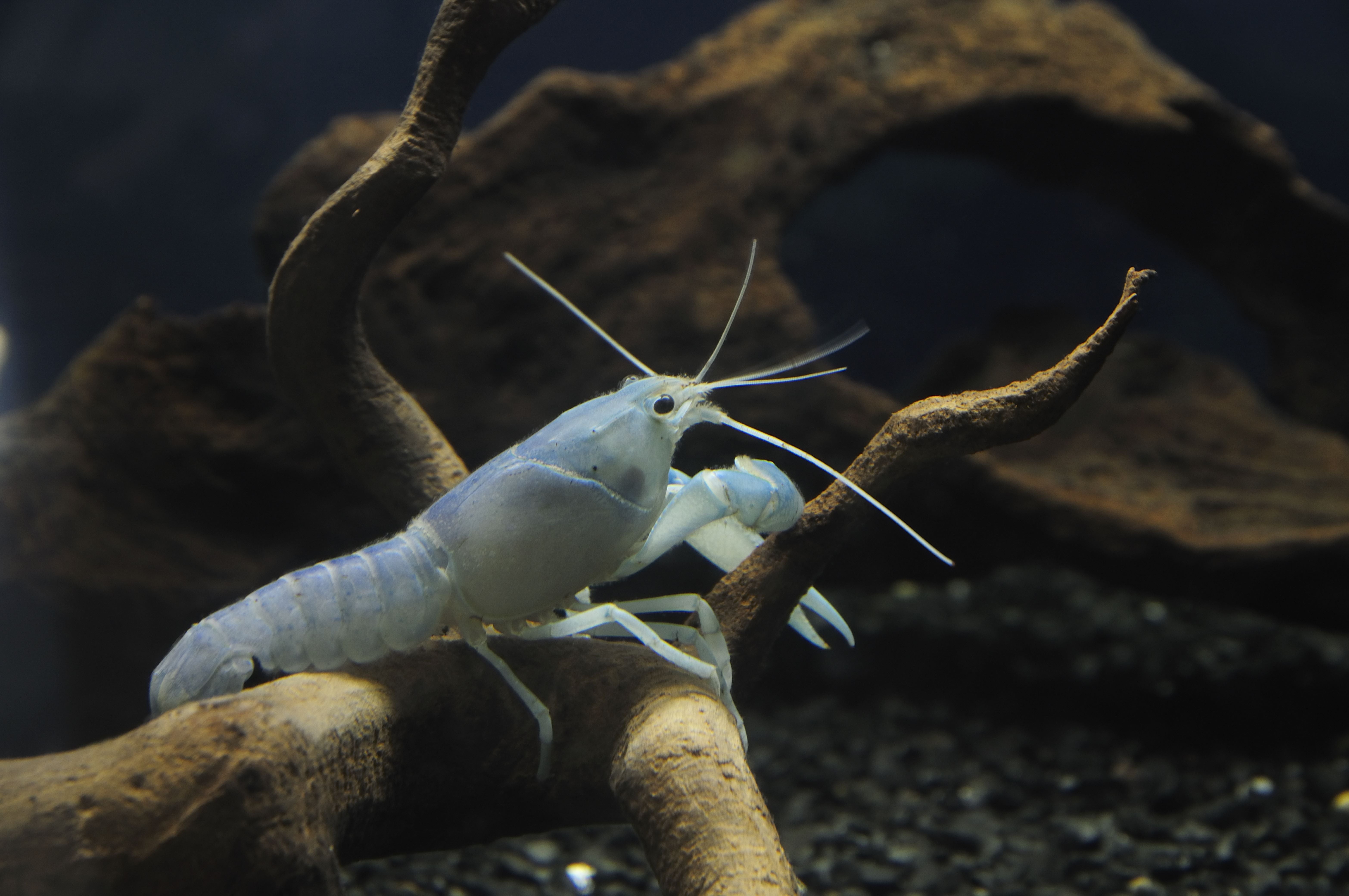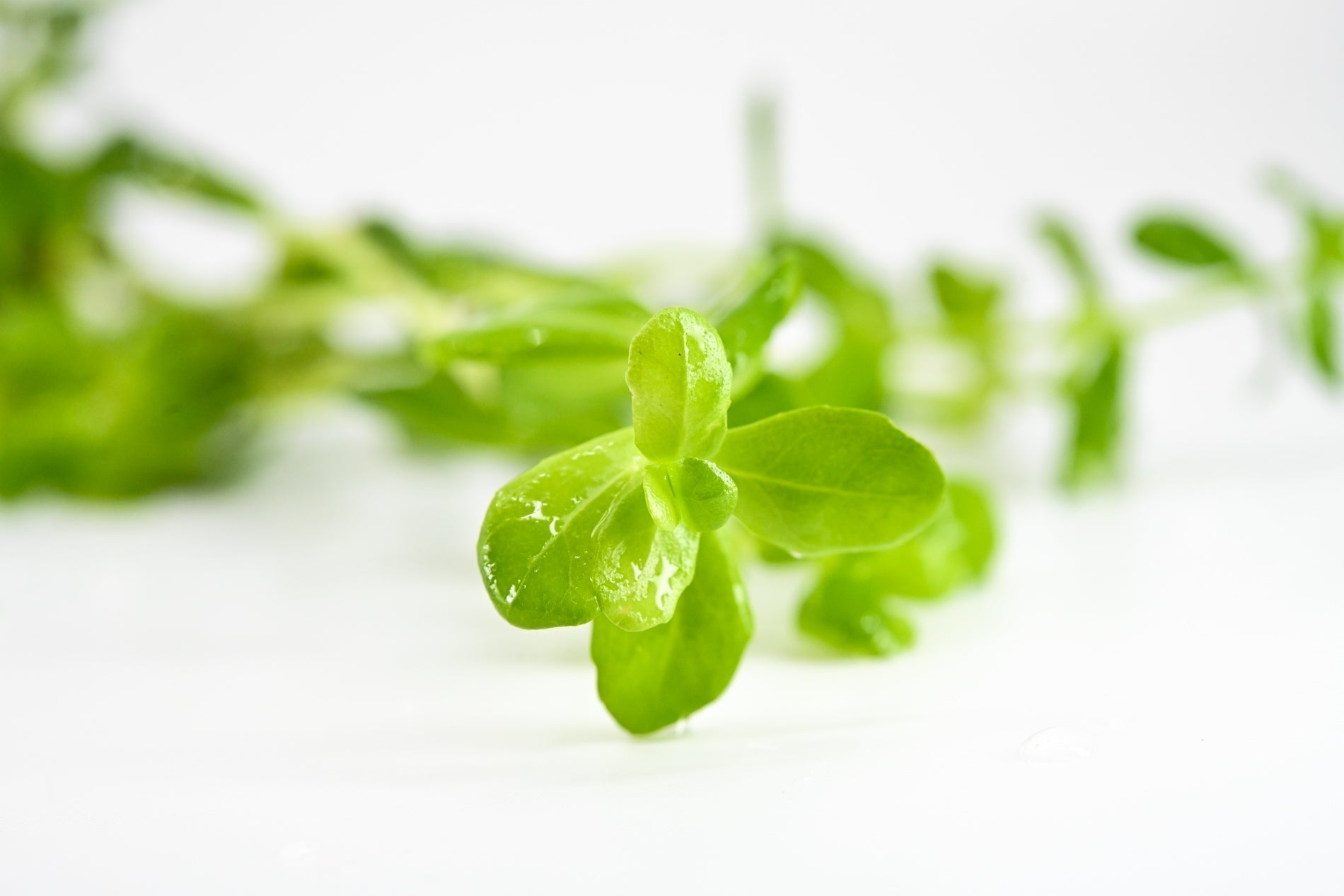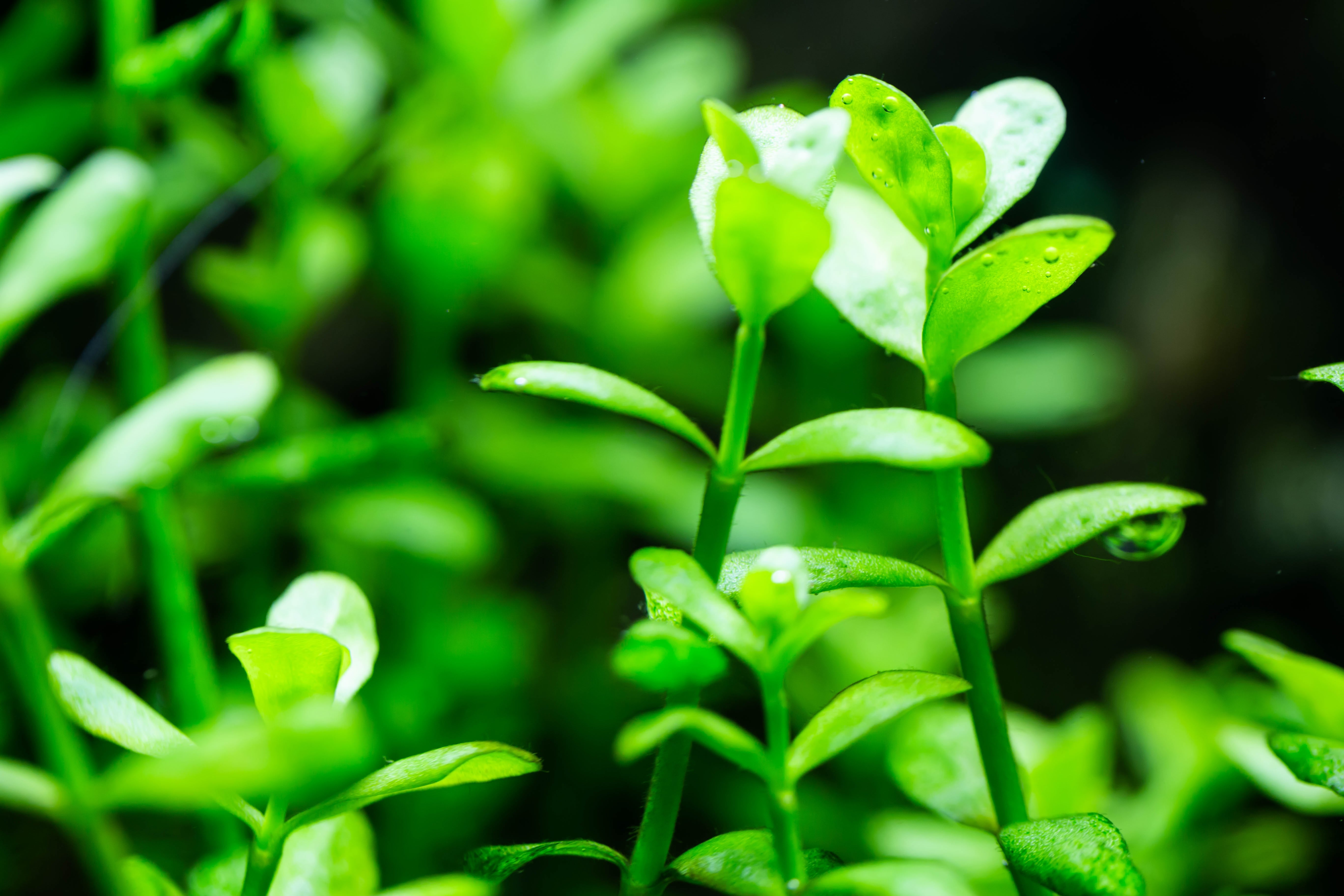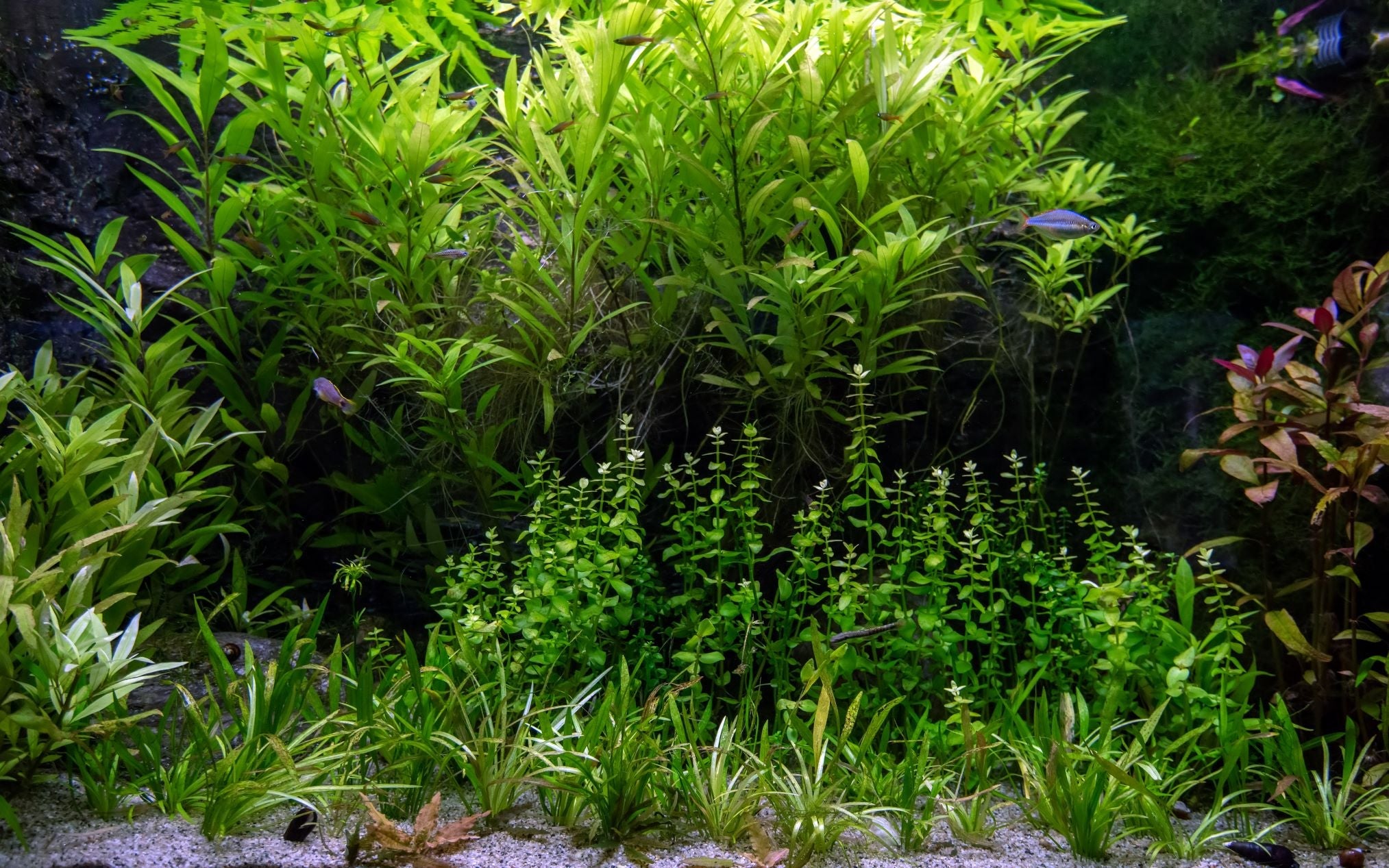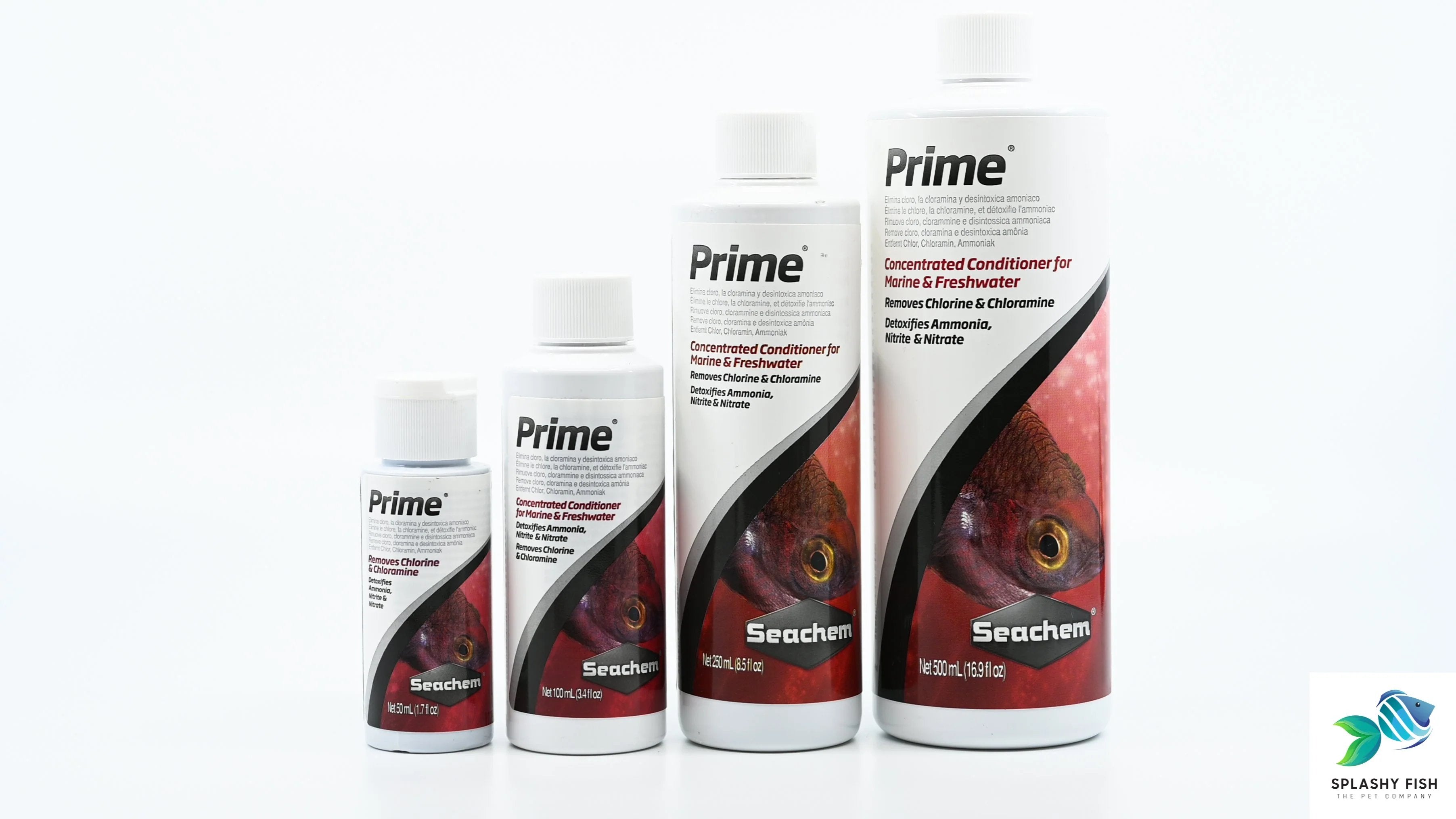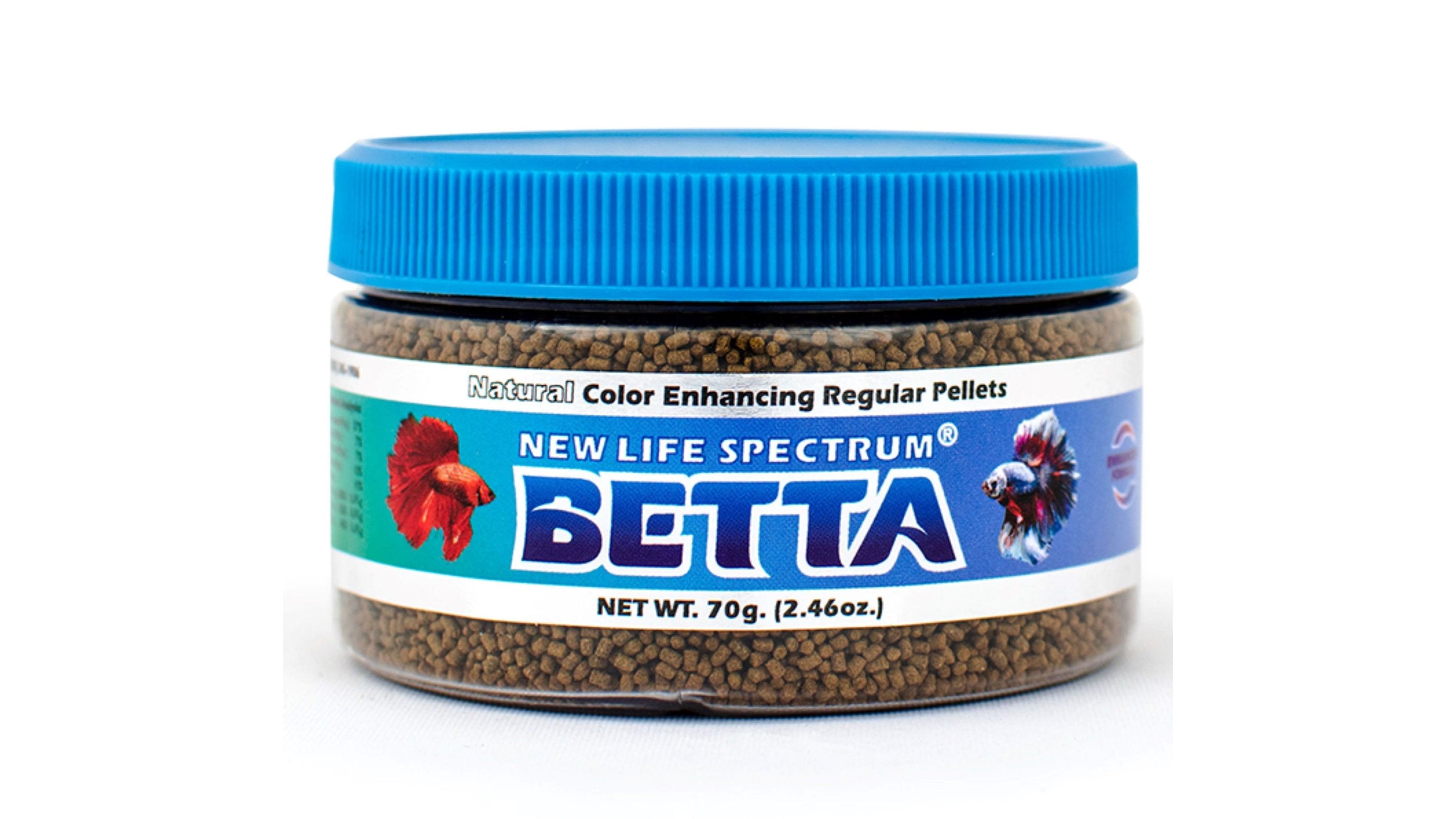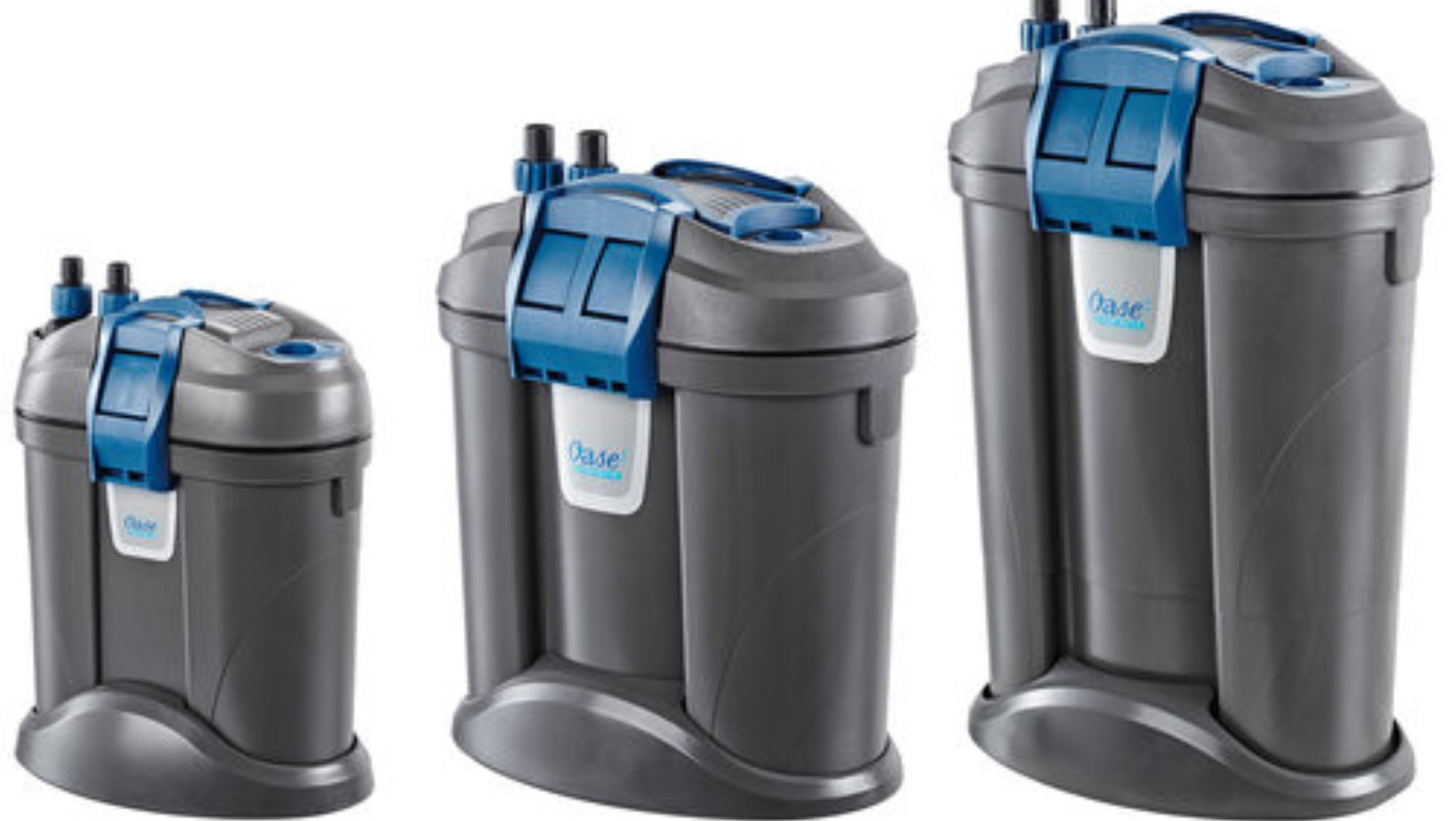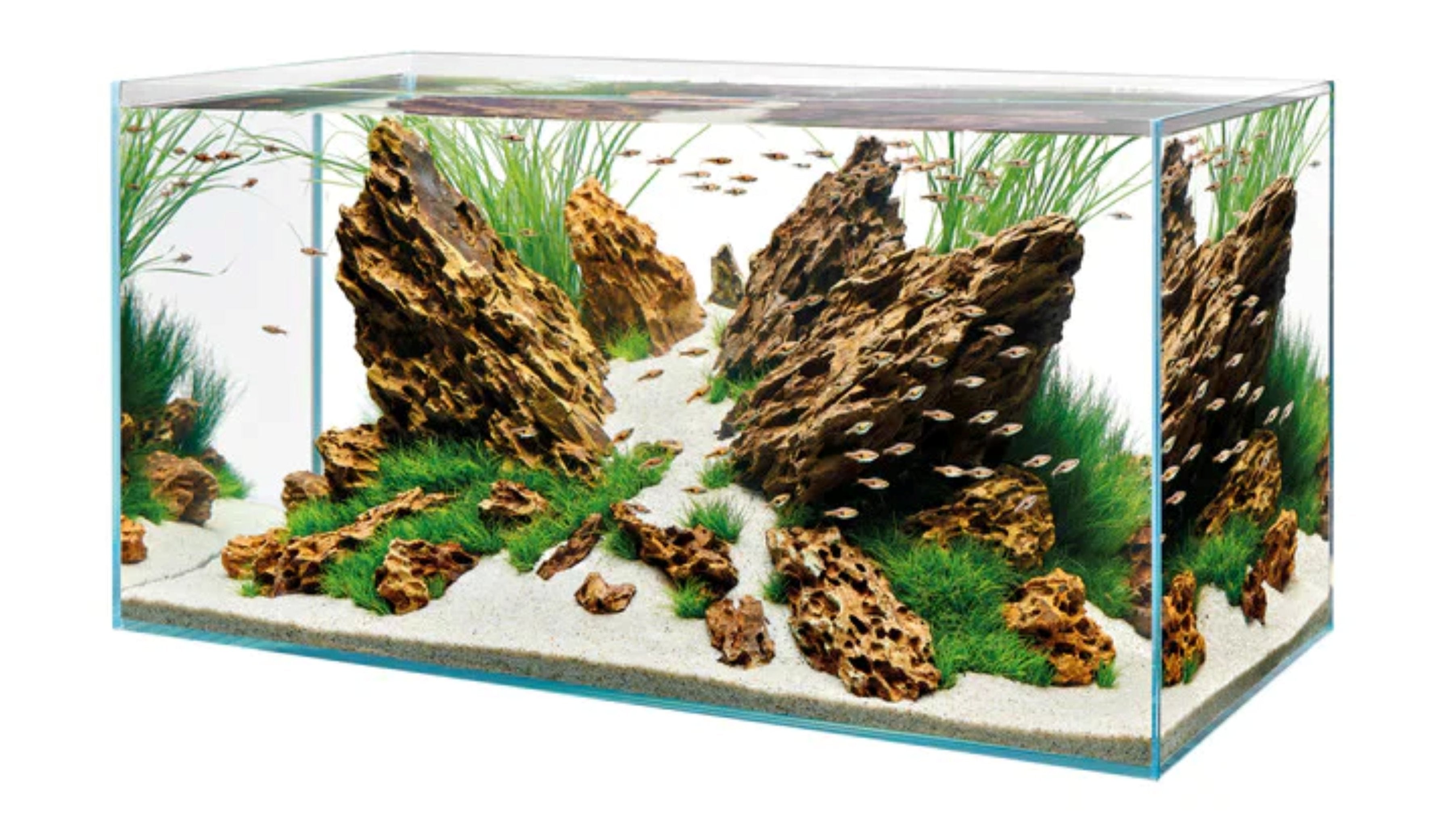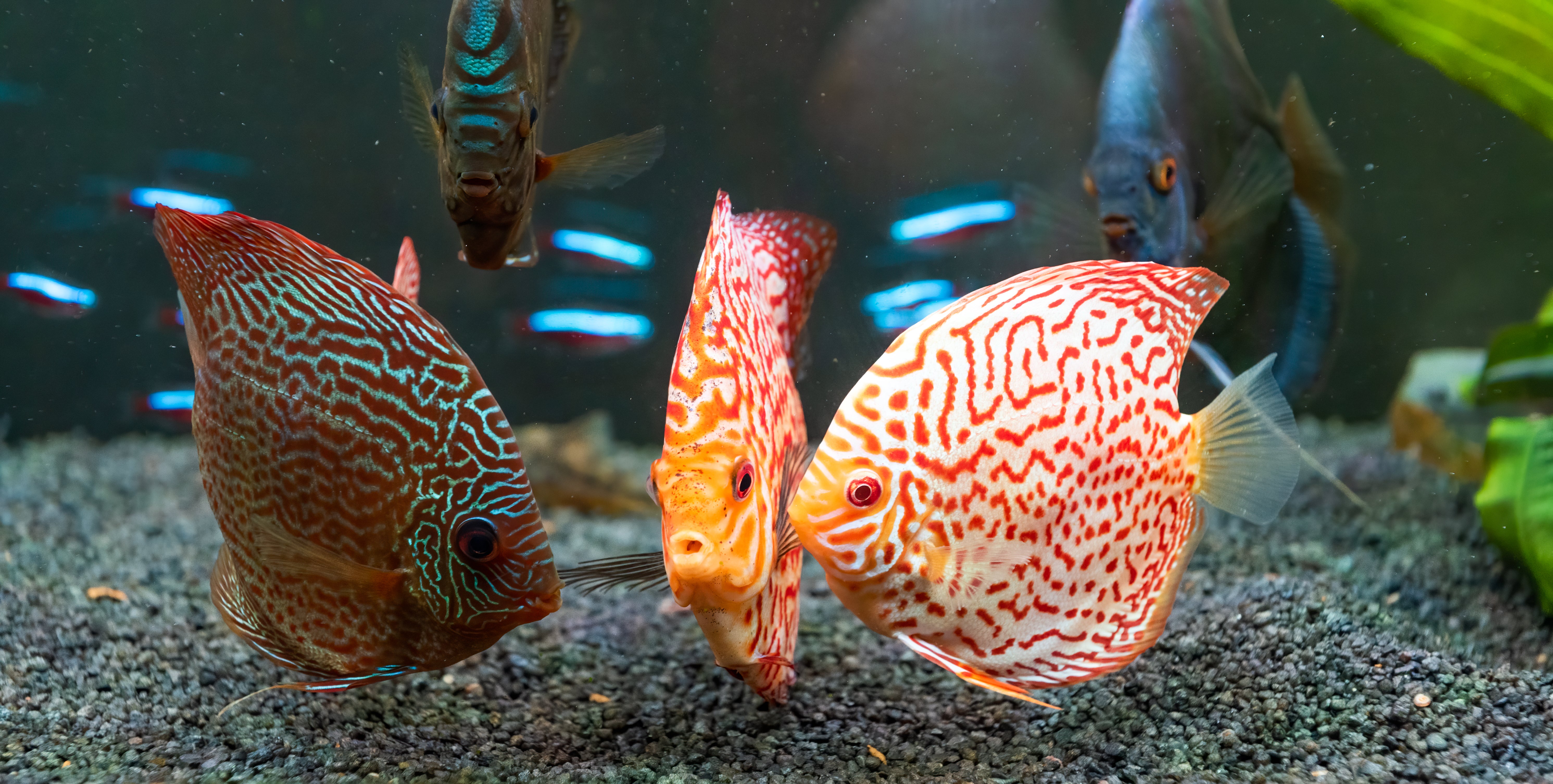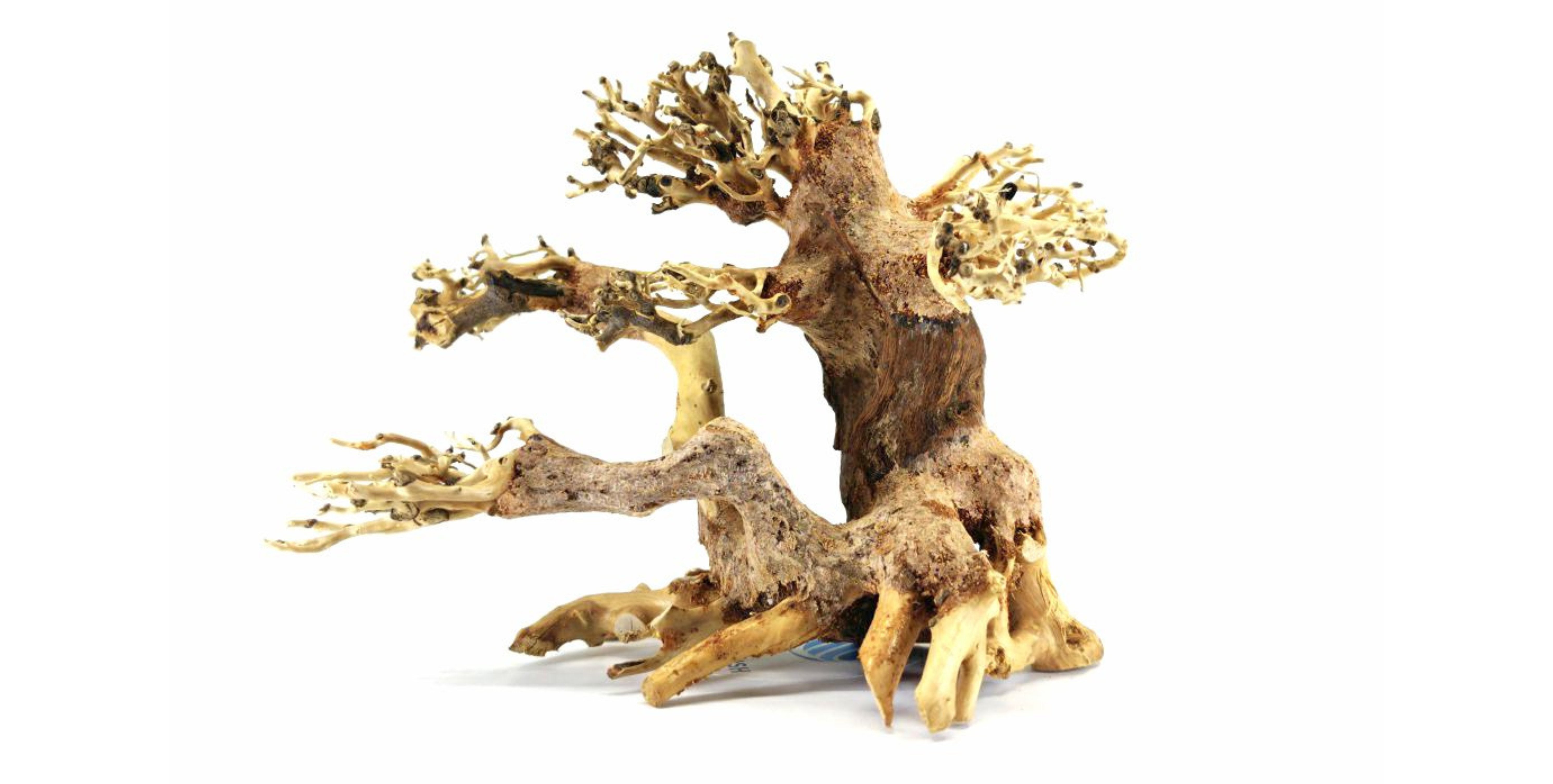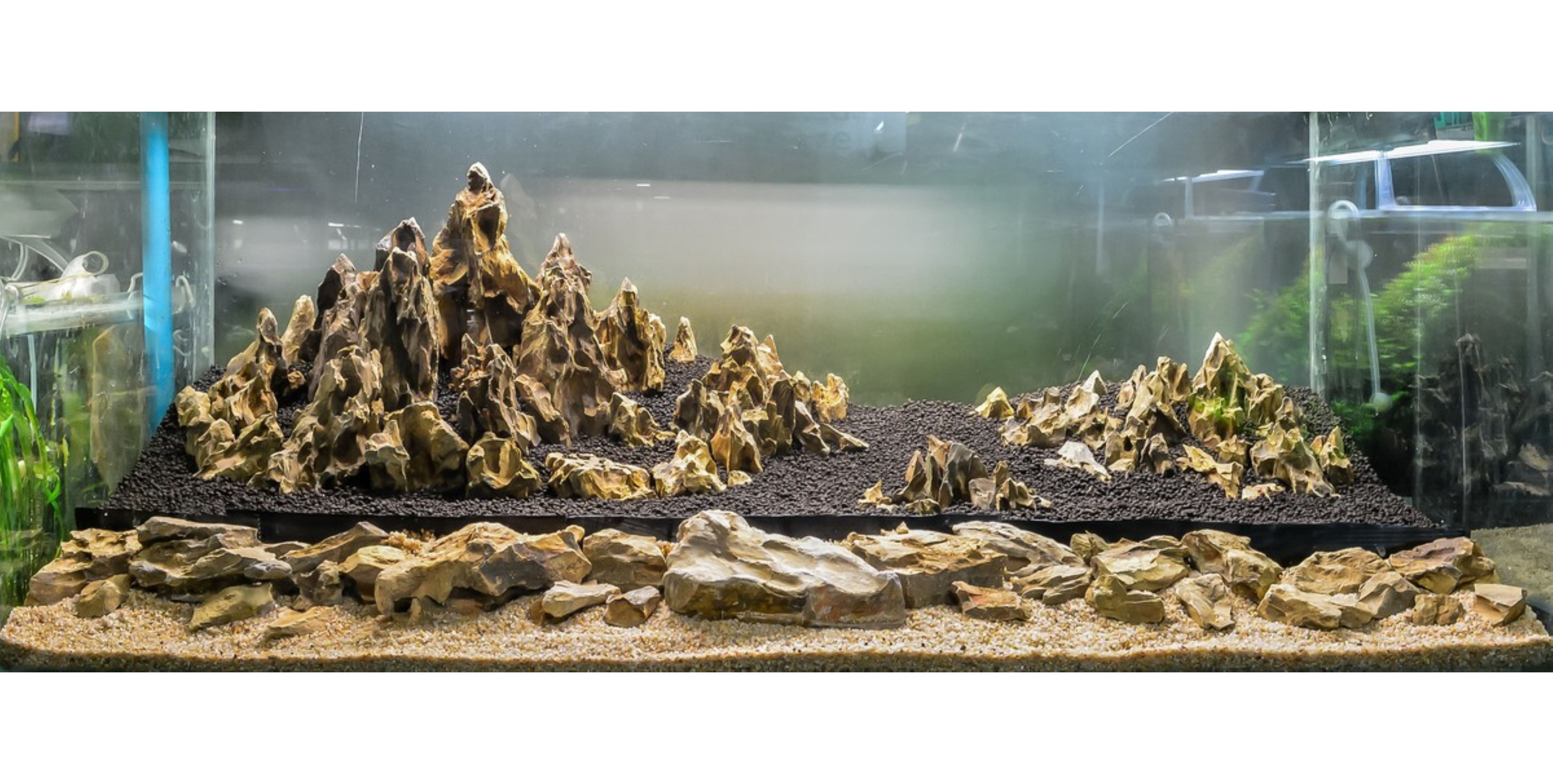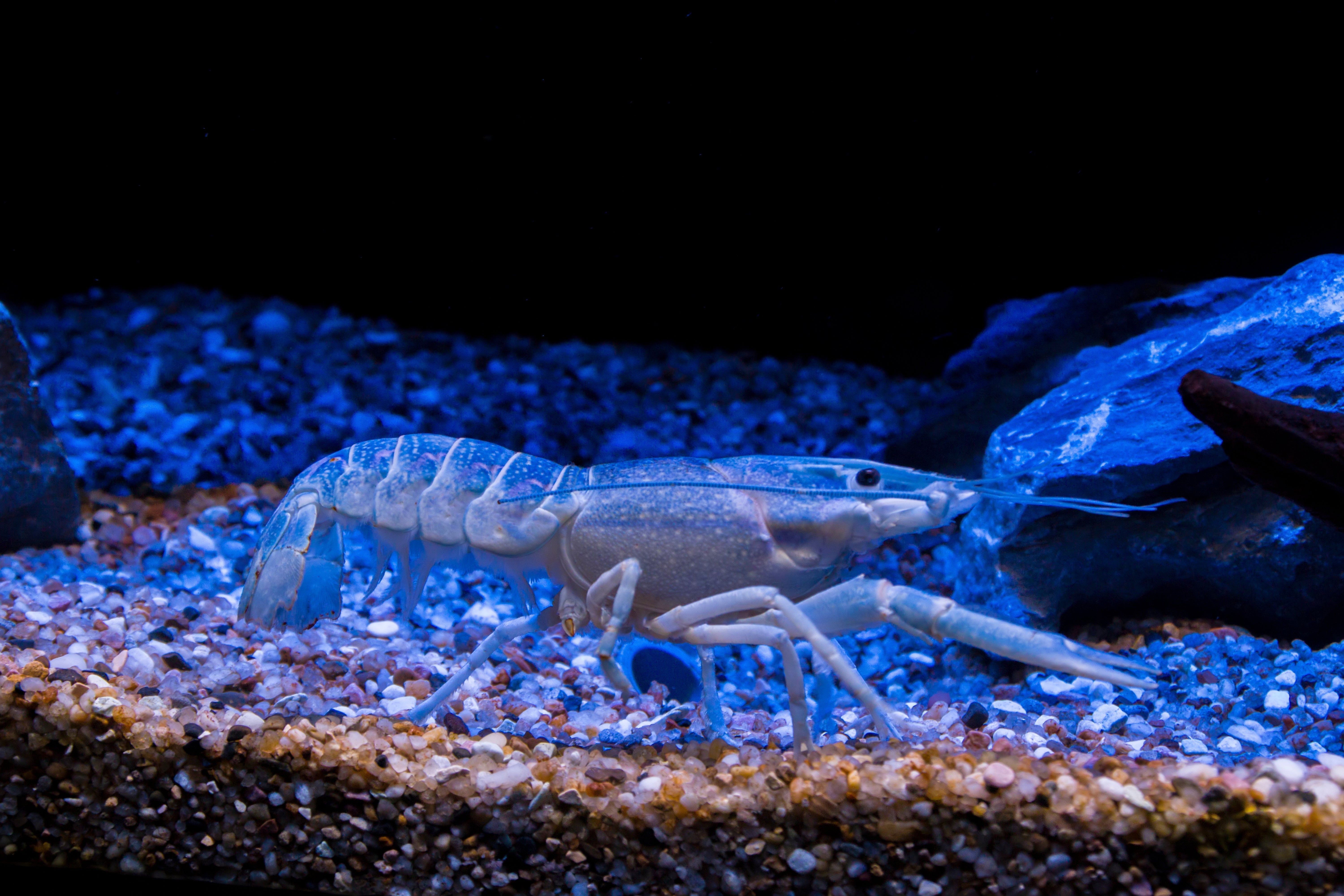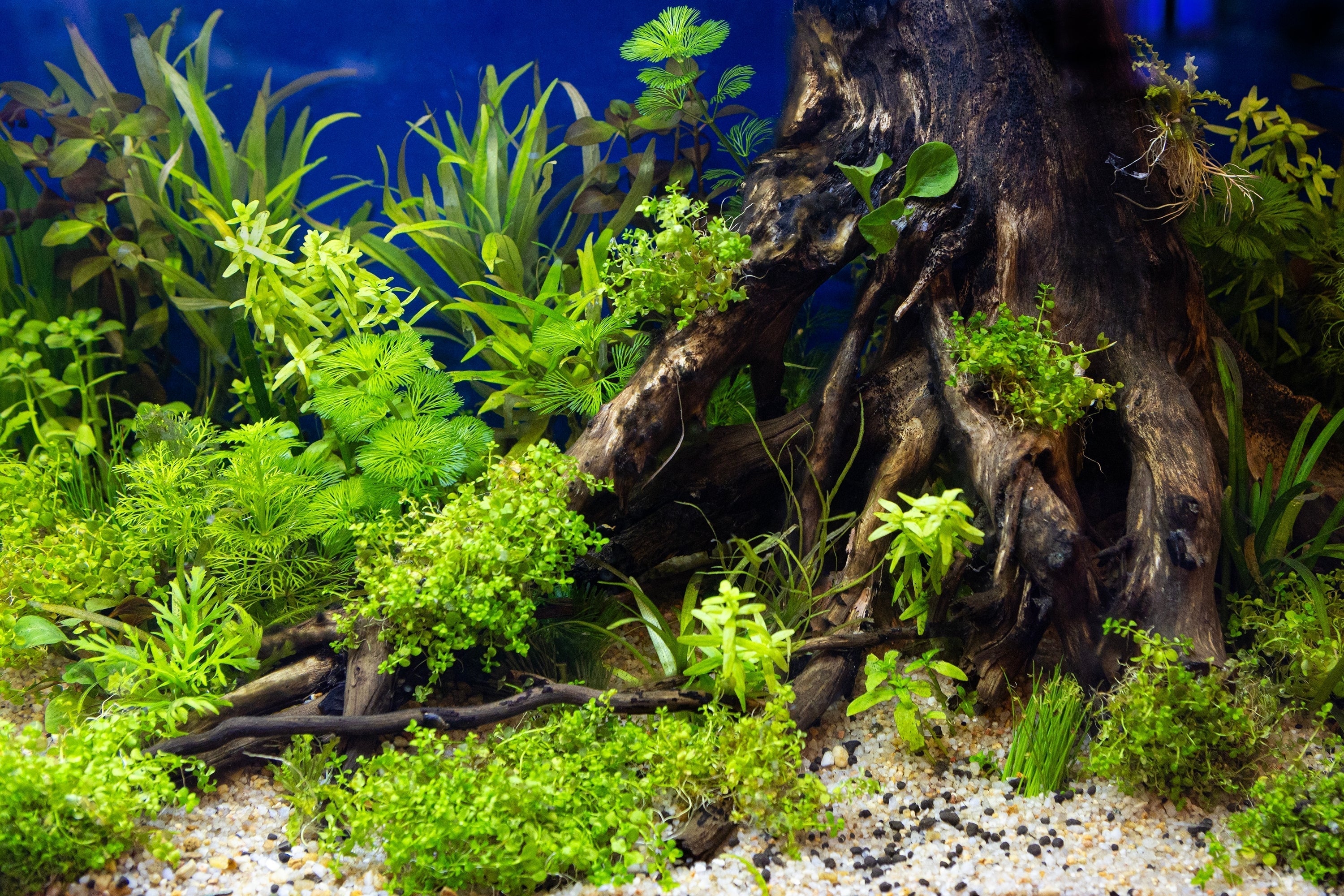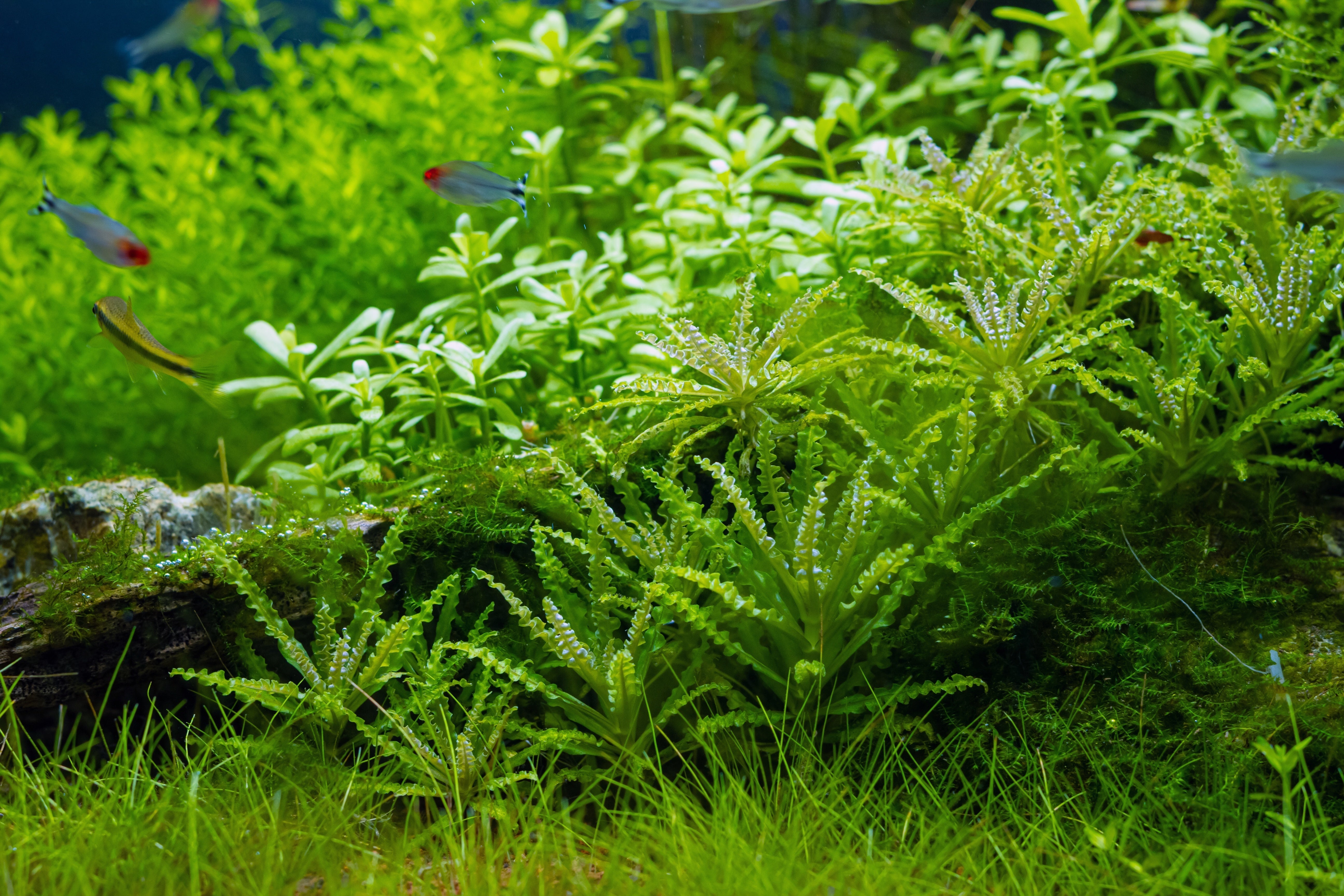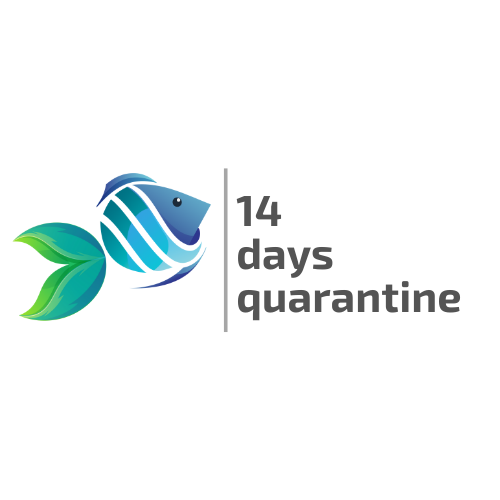Table of Contents
Welcome to the definitive Electric Blue Crayfish care guide! Are you ready to embark on a journey into the world of these majestic creatures? Known for their striking color and unique behavior, Electric Blue Crayfish have captured the hearts of many aquarists. In this comprehensive guide, we will equip you with all the knowledge you need to master the art of keeping Electric Blue Crayfish happy and healthy. From tank setup and water parameters to feeding habits and breeding tips, we've got you covered. Our goal is to provide you with accurate and practical information that will ensure the well-being of your Electric Blue Crayfish. Whether you are a beginner or an experienced crayfish keeper, this guide is a valuable resource that will enhance your understanding of these fascinating creatures. So, join us as we dive into the vibrant world of Electric Blue Crayfish. Get ready to unlock the secrets of keeping these captivating creatures thriving in your aquarium. Let's make sure they live their best crayfish life!
Characteristics and Unique Features of Electric Blue Crayfish
The Electric Blue Crayfish, also known as Procambarus alleni, is a striking species that stands out due to its brilliant, electric blue coloration. This unique appearance makes them a popular choice for aquarium enthusiasts looking to add color and personality to their freshwater tanks.
Electric Blue Crayfish or Electric Blue Crawfish grow with a tough exoskeleton that provides them with a robust and resilient nature. Unlike other crayfish, the electric blue variation has a brighter hue due to a genetic mutation, making them a true standout in any tank. Their claws, body, and tail are all infused with this dazzling blue color, which can sometimes shift to more subdued tones depending on the water conditions and diet.

The Natural Habitat of Electric Blue Crayfish
Blue Electric Crayfish are native to the waters of the southern United States, particularly in areas like Florida and Alabama. These freshwater crustaceans are typically found in slow-moving streams, ponds, and lakes. In their natural habitat, they seek shelter under rocks, logs, and other structures. Recreating a similar environment in your aquarium is essential for their well-being.
While they are hardy creatures, Electric Blue Crayfish thrive best in a stable and well-maintained aquatic environment that mimics their native habitat.
Setting Up the Perfect Tank for Your Electric Blue Crayfish
Creating the right environment for your Electric Blue Crayfish is essential for their long-term health and happiness. Let's break down the key aspects of setting up the ideal tank.
Tank Size
Electric Blue Crayfish require ample space to explore and thrive. A tank size of at least 20 gallons is recommended for one adult crayfish. If you plan to keep multiple crayfish, consider upgrading to a larger tank to provide enough space for them to coexist without conflict.
Water Parameters
Maintaining optimal water parameters is key to ensuring your Electric Blue Crayfish’s health. They prefer slightly alkaline to neutral water with a pH between 7.0 and 8.0. The water hardness should be moderate to high, and the total dissolved solids (TDS) should be kept between 200 and 350 ppm.
Temperature Requirements
Electric Blue Crayfish thrive in temperatures ranging from 65°F to 75°F (18°C to 24°C). Keeping the water within this temperature range will help maintain their metabolism and overall health.
Maintaining Water Quality and Filtration
Good water quality is crucial for Electric Blue Crayfish. They are sensitive to poor water conditions, so investing in a reliable filtration system is essential. A good filter will help maintain the water’s clarity and prevent the buildup of harmful waste products. Additionally, regular water changes (around 20% every 1-2 weeks) will help keep the water fresh and oxygenated.
What Do Electric Blue Crayfish Eat?
Electric Blue Crayfish are omnivores with a diverse diet. In the wild, they consume plant matter, small fish, insects, and detritus. In captivity, their diet should include a mix of:
-
Sinking pellets specifically formulated for crayfish or shrimp.
-
Fresh vegetables like blanched zucchini, spinach, or carrots.
-
Protein sources such as bloodworms, brine shrimp, or even small bits of cooked fish or shrimp.
Supplement their diet with calcium-rich foods like crushed eggshells or cuttlebone to support healthy exoskeleton growth. Feeding should be done in moderation to avoid overfeeding, which can lead to poor water quality.
Electric Blue Crayfish Tank Mates
Ideal Tank Mates for Electric Blue Crayfish
The best tank mates for Electric Blue Crayfish are larger freshwater fish that won't fit into the crayfish’s claws or are fast enough to avoid being grabbed. These fish will generally be able to hold their own and won’t be intimidated by the crayfish. Here are some good options for compatible tank mates:
Cichlids
Larger cichlids like the Oscar or African cichlids are a great choice. Their size and relatively aggressive nature mean they can coexist with Electric Blue Crayfish without being harmed. However, be cautious with smaller cichlids, as they might become targets if the crayfish feels threatened.
Barbs
Species like the Tiger Barb, Rosy Barb, and Cherry Barb are active swimmers, making them less likely to fall prey to the Electric Blue Crayfish. Barbs also prefer slightly warmer water, which matches the crayfish’s temperature requirements.
Plecos
These peaceful algae-eating fish are often a perfect match for crayfish tanks. The larger species of Plecos, such as the Bristlenose or Common Pleco, will not be threatened by the freshwater crayfish. However, smaller plecos may get bullied, so size is a key factor.
Rainbowfish
Known for their peaceful nature and striking coloration, Rainbowfish make excellent tank mates for Electric Blue Crayfish. Their active swimming habits and relatively large size make them a good fit for a crayfish community tank.
Gouramis
Larger species of Gouramis, such as the Pearl Gourami, are generally peaceful and can live well with Electric Blue Crayfish. They do best in tanks with plenty of aquatic plants and hiding spots to avoid conflicts with the crayfish.
Fish to Avoid as Tank Mates for Electric Blue Crayfish
While some fish are compatible with Electric Blue Crayfish, others should be avoided due to their small size, peaceful nature, or vulnerability to being caught and eaten. Here are some species that should not be kept with Electric Blue Crayfish:
Small Fish
Species like Guppies Fish, Cardinal Tetras, or Betta fish are far too small to be housed with Electric Blue Crayfish. These fish can easily become prey for the crayfish, as they may see them as an easy meal.
Snails
While freshwater snails are often seen as peaceful tank mates, Electric Blue Crayfish may prey on them, especially species like Apple snails, which have soft shells. If you want to keep snails, make sure they are larger species that can avoid the crayfish.
Other Crayfish
Since Electric Blue Crayfish can be quite territorial, it’s best to avoid keeping multiple freshwater crayfish in a single tank unless it is large enough to provide ample space for each individual. In small tanks, crayfish will often fight for territory, leading to stress or injury.
Small Shrimp
Just like snails, small freshwater shrimp (such as Amano shrimp or Cherry shrimp) can fall prey to Electric Blue Crayfish. These crustaceans are often seen as a food source rather than tank mates.
Live Aquatic Plants for Electric Blue Crayfish
When selecting plants, it’s important to choose those that are hardy and can tolerate some nibbling from your crayfish. Here are some of the best aquatic plant options for an Electric Blue Crayfish tank:
Java Moss
A popular choice among aquarists, Java Moss For Sale is a hardy plant that can survive in a wide range of water conditions. It provides excellent cover for small fish and baby crayfish, making it a great addition to your aquarium tank. It is also resilient to being eaten, though crayfish may occasionally nibble on it.
Anubias
Anubias species such as Anubias Nana, Anubias Nana petite, and Anubias Barteri are known for their tough leaves and slow growth, making them an excellent choice for crayfish tanks. The plant can be attached to rocks or driftwood, and its hardy nature means that it will survive even in tanks with active crayfish. The tough leaves are less likely to be eaten by your Electric Blue Crayfish.
Cryptocoryne
These freshwater plants are also quite sturdy and come in a variety of species. They do well in low to medium light and can tolerate being nibbled on by crayfish. Their broad leaves provide plenty of hiding spots, and their slow growth ensures they won't be decimated too quickly by hungry crayfish. Some popular Cryptocoryne plants include Cryptocoryne wendtii, Cryptocoryne parva, and Cryptocoryne Lutea.
Hornwort
This floating plant is easy to care for and provides excellent coverage for crayfish. It grows quickly and can help absorb excess nutrients in the water. Its delicate, feathery leaves may attract some attention from your crayfish, but overall, it’s a low-maintenance plant that benefits the tank.
Java Fern
Java fern is another popular and hardy plant that thrives in various water conditions. It has leathery leaves that are relatively resistant to being eaten by crayfish. Like Anubias, it can be attached to rocks or driftwood, providing a nice visual element to your tank.
Breeding and Raising Electric Blue Crayfish
Breeding Electric Blue Crayfish is an exciting endeavor, but it requires careful attention to their care. Female crayfish carry their eggs beneath their tail for about 3 to 4 weeks before the larvae hatch. Once hatched, the baby crayfish will stay close to their mother for protection. To ensure successful breeding, it's essential to maintain stable water conditions and provide a well-planted tank that offers plenty of hiding spots.
As crayfish grow, they will molt, shedding their exoskeletons. Be sure to provide calcium-rich foods, such as cuttlebone or crushed shells, to support the molting process.
Conclusion
Electric Blue Crayfish are an incredibly rewarding species to keep in a freshwater aquarium. Their stunning color, unique behavior, and interesting characteristics make them a favorite among aquarists. By providing them with the right tank setup, water parameters, and proper care, you can ensure that your Electric Blue Crayfish will thrive in their new home.
Remember, a little preparation goes a long way when it comes to keeping these fascinating creatures. Whether you’re a first-time crayfish keeper or an experienced aquarist, the Electric Blue Crayfish will undoubtedly bring beauty and excitement to your aquarium.
At Splashy Fish tropical fish store, besides Electric Blue Crayfish for sale, we offer a wide variety of invertebrates for sale such as crayfish for sale, freshwater shrimp for sale, freshwater snails for sale. Moreover, there are also freshwater fish for sale, aquatic shrimp for sale, live aquatic plants for sale, and aquarium supply. You can buy all of these aquarium products online or at our aquarium store in Virginia by following the map below.
Electric Blue Crayfish Frequently Asked Questions
How big do Electric Blue Crayfish get?
Electric Blue Crayfish typically grow to a size of 4 to 6 inches (10 to 15 cm) in length. However, their size can vary depending on factors such as diet, water quality, and overall care. Proper feeding and a well-maintained tank environment will allow them to reach their full potential. Their large size compared to other freshwater crustaceans makes them a prominent and striking addition to any aquarium.
How long do Electric Blue Crayfish live?
With proper care, Electric Blue Crayfish can live for 3 to 5 years in captivity. Several factors influence their lifespan, including water quality, diet, and stress levels. Ensuring a clean tank with stable water parameters, a balanced diet, and minimal aggression from tank mates will help your Electric Blue Crayfish live a long and healthy life.
Do Electric Blue Crayfish need a heater?
Electric Blue Crayfish thrive in water temperatures ranging from 65°F to 75°F (18°C to 24°C). If your aquarium is kept in a room where temperatures remain stable within this range, a heater may not be necessary. However, in colder climates or during the winter months, a heater is recommended to maintain consistent water temperature. If you use a heater, ensure it is set to maintain a steady temperature within the ideal range. Pairing the heater with a reliable thermometer will help you monitor the tank conditions effectively.


